Arriving in a new city, especially one as disorienting as Panama City, is always more difficult after dark. Not that we arrived in Panama City after dark, we arrived at 4pm in bright sunlight. Unfortunately for us, the next three hours were spent stuck in nose-to-tail traffic while we travelled the relatively short distance from airport to hotel. Panama City has the worst traffic imaginable.
As the sun set and our taxi driver nudged interminably towards our destination I was regretting coming to the city. Our route seemed to take us past a ‘still under construction‘ Latinised version of the United States. I haven’t seen so many fast food outlets and strip malls ever.
Still, it is impossible to avoid Panama City, especially if you want to visit the nearby Panama Canal. Something I kept telling myself as our taxi driver finally got us out of the traffic and on to a suburban street, only to realise he’d mis-read the address and we were still 30 minutes away from the hotel.

Panama City looked more agreeable the following morning. A taxi arrived and whisked us to the Panama Canal’s Miraflores Locks a short distance away. We got there around 9am as the bigger boats tend to go through between 9-11am, and although we didn’t see any giant cruise ships, watching huge boats effortlessly negotiate the locks was a real thrill.
Connecting the Atlantic and the Pacific Oceans the Panama Canal is, and has always been, all about global trade. Owning the canal is like having a license to print money, the average cost for a ship’s passage is US$100,000, while some pay more than US$400,000 for the privilege. The lowest fare goes to Richard Halliburton who paid US$0.36 to swim through in 1928.


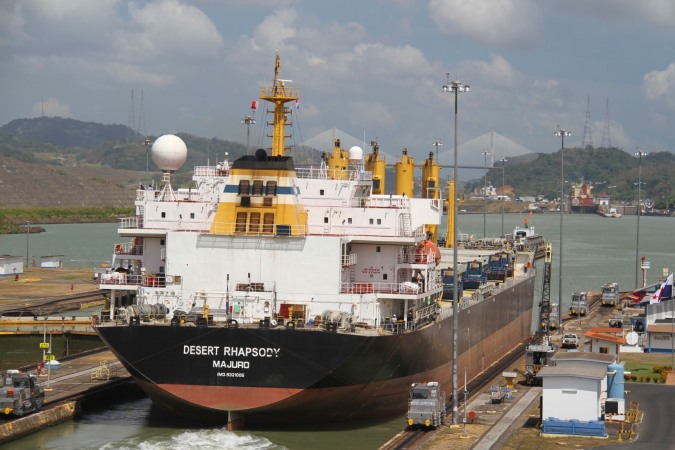
The whole process of a boat passing through the locks takes only 8-10 minutes, which is amazing given the size of the ships. The whole visit was fascinating and there is a museum at the Miraflores Locks detailing the history and construction of the canal; it even has a simulator of a ship, you can stand at the helm and watch as the boat clears the locks and travels down the canal.
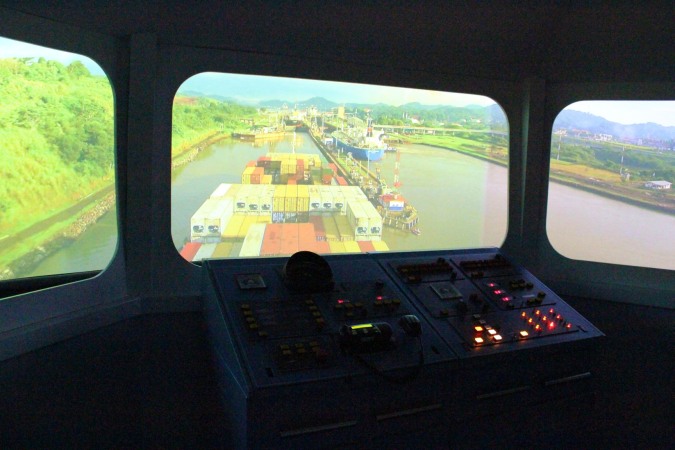
The French were the first to attempt to build a canal in 1881, but were finally defeated 1889 by a combination of death and disease amongst the workforce, massive logistical problems, terrible weather repeatedly flooding and collapsing the excavation work and eventually lack of money.
When the United States got involved at the start of the twentieth century, modern-day Panama was still a province of Colombia. The deal President Roosevelt originally negotiated was with Colombia. When it became obvious that Panamanians wanted independence the US saw an opportunity and gave significant military backing to the rebels, including deploying warships.
In November 1903, Panamanian independence was declared and the US quickly recognised the new country, negotiated a very favourable deal for itself (granting the US the indefinite right to administer the Panama Canal Zone) and got on with the construction of this man-made wonder. The building of the canal was global power-politics at their most ruthless – not many engineering projects found a new country at the same time.

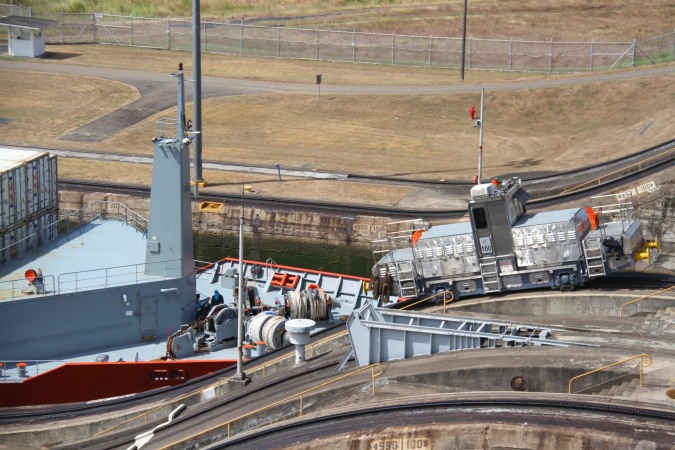
Panamanians had to wait until 1977 for President Carter to renegotiate the deal. The canal was eventually returned to Panama on December 31st, 1999. Today the huge American sector which ran the full length of the canal and was filled with military bases, is open to Panamanians and tourists alike.
There are endless statistics about the canal, but the most striking is that over a million ships have passed through it since it opened in 1914. Every year an average of 14,000 extra ships are added to that total. The canal is the vital link in 144 different sea routes and conducts a huge amount of global trade through its locks. The biggest users of the canal are the United States, China, South Korea, Japan and, somewhat surprisingly, Chile.

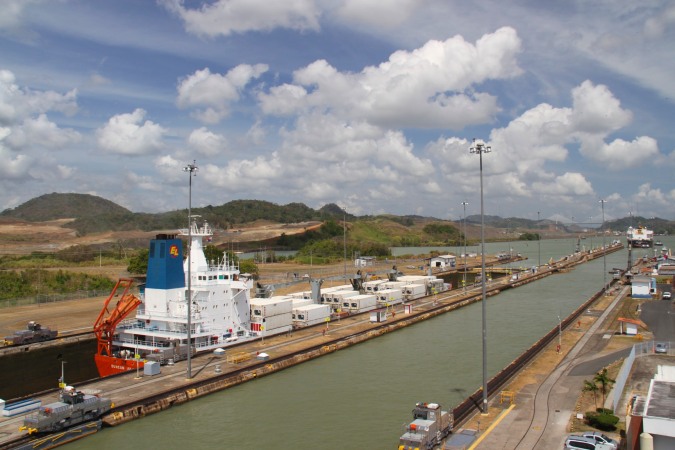
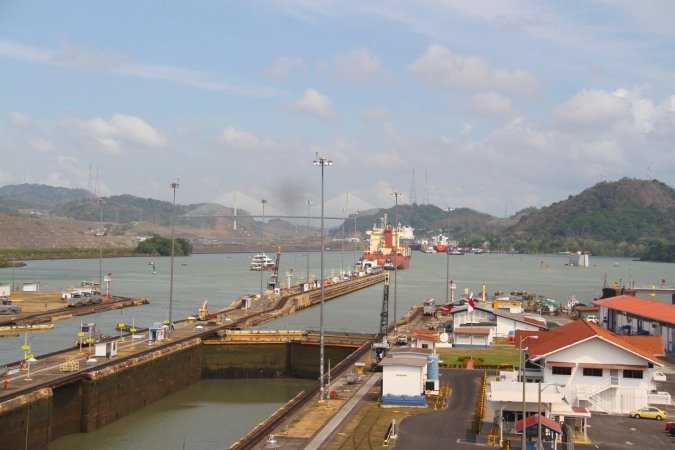
The Atlantic and Pacific locks are connected by a series of lakes, all man-made and replenished with rainfall. The other fascinating watery fact is that the entire lock mechanism works only with water and the power of gravity, an engineering marvel that has lasted for nearly 100 years and shows no sign of letting up yet.
In 2007, the first work began on new locks that will run parallel to the originals. When these open (in 2014) the canal will have the ability to take much longer and much wider ships, doubling the capacity of the locks. Currently these giant ships that don’t fit into the 1914 locks have to unload their cargo – mainly containers – which is then transported by rail to the other side of the canal and reloaded.

Liked & Shared. Thank you.
Reblogged this on Oyia Brown.
Oooh! So cool! I *have* to go there someday.
Its really interesting, but really hot and humid as well – a reminder that you’re really in the jungle whatever your eyes are telling you.
I’ll bet. Ohhh, humidity.
Fascinating history, and yes, the US manipulates foreign countries to this day…..
Considering the magnitude of the construction, I suppose it’s no wonder people think they can control Nature. Even though it’s just an illusion.
I’d have liked to see some pics of you stuck in traffic though 🙂
You have to keep reminding yourself that although you’re looking at a huge industrial complex, the canal is actually in the jungle. Left alone for long enough and the jungle would have it back. Luckily there are no pics of me pulling what remains of my hair out in Panama City’s traffic. Really terrible.